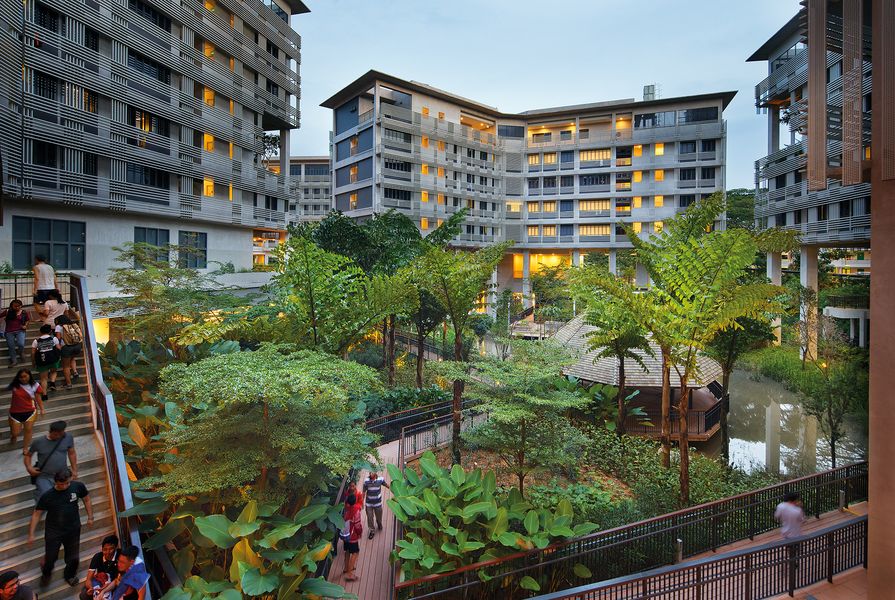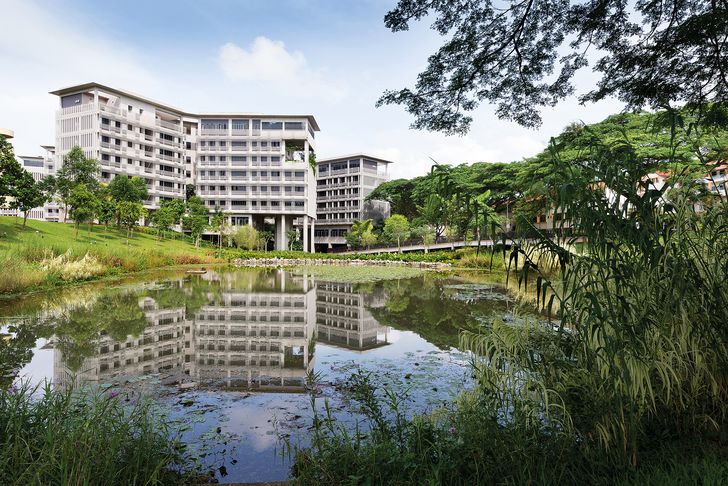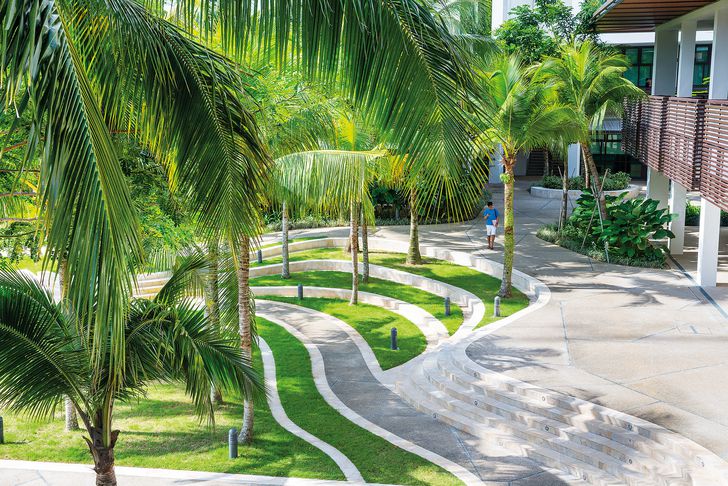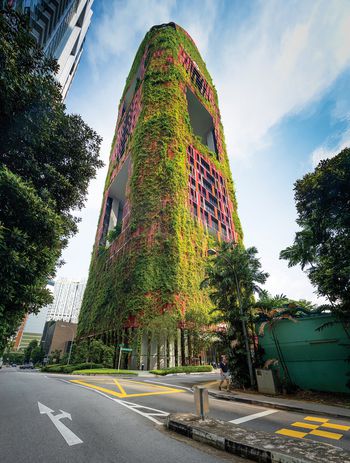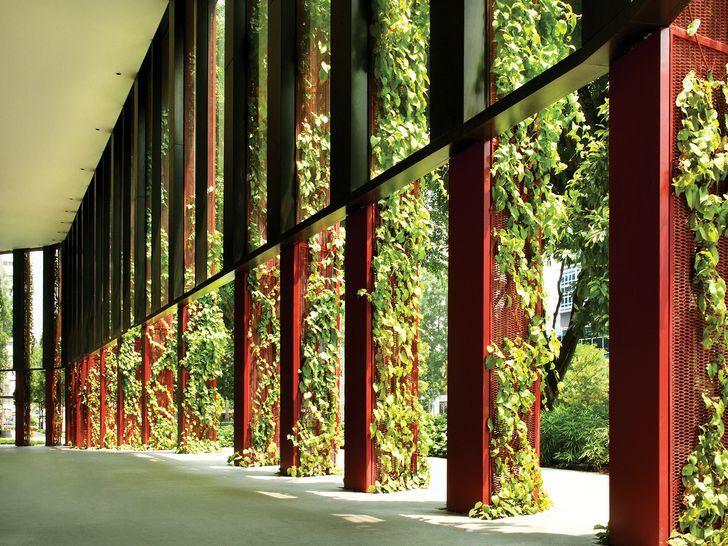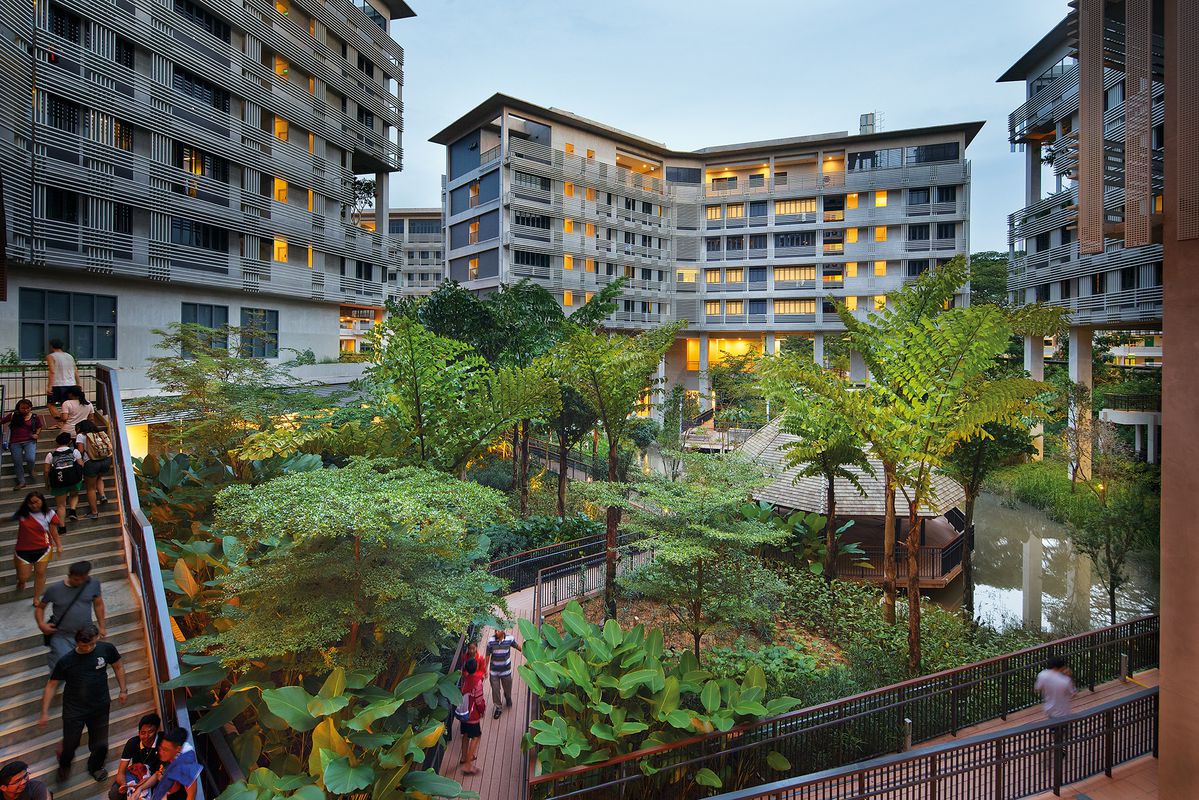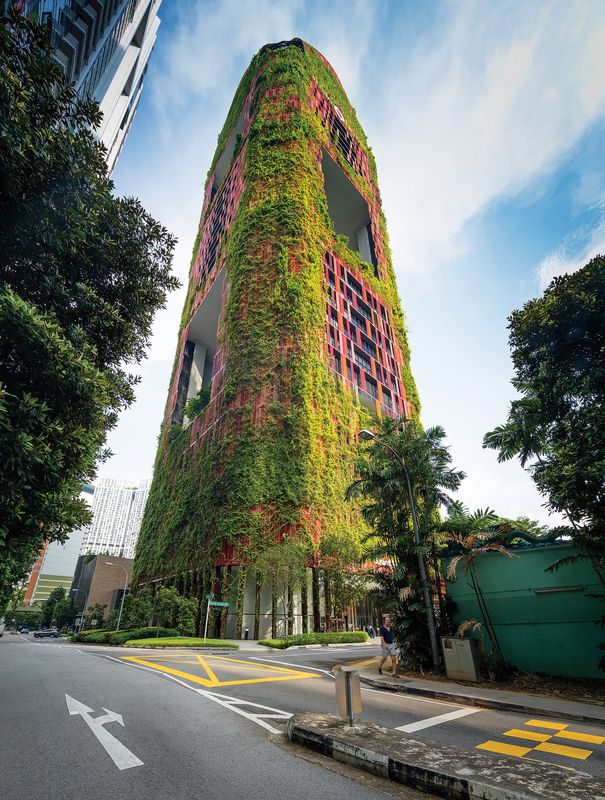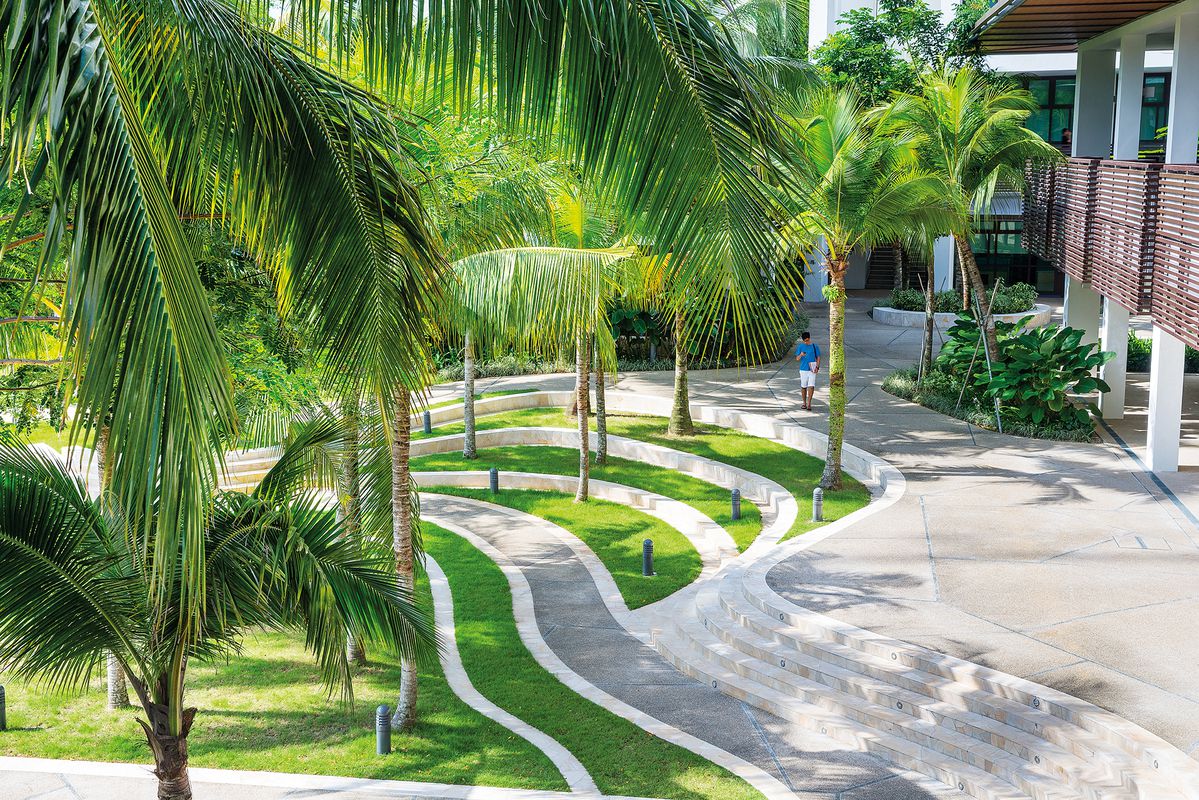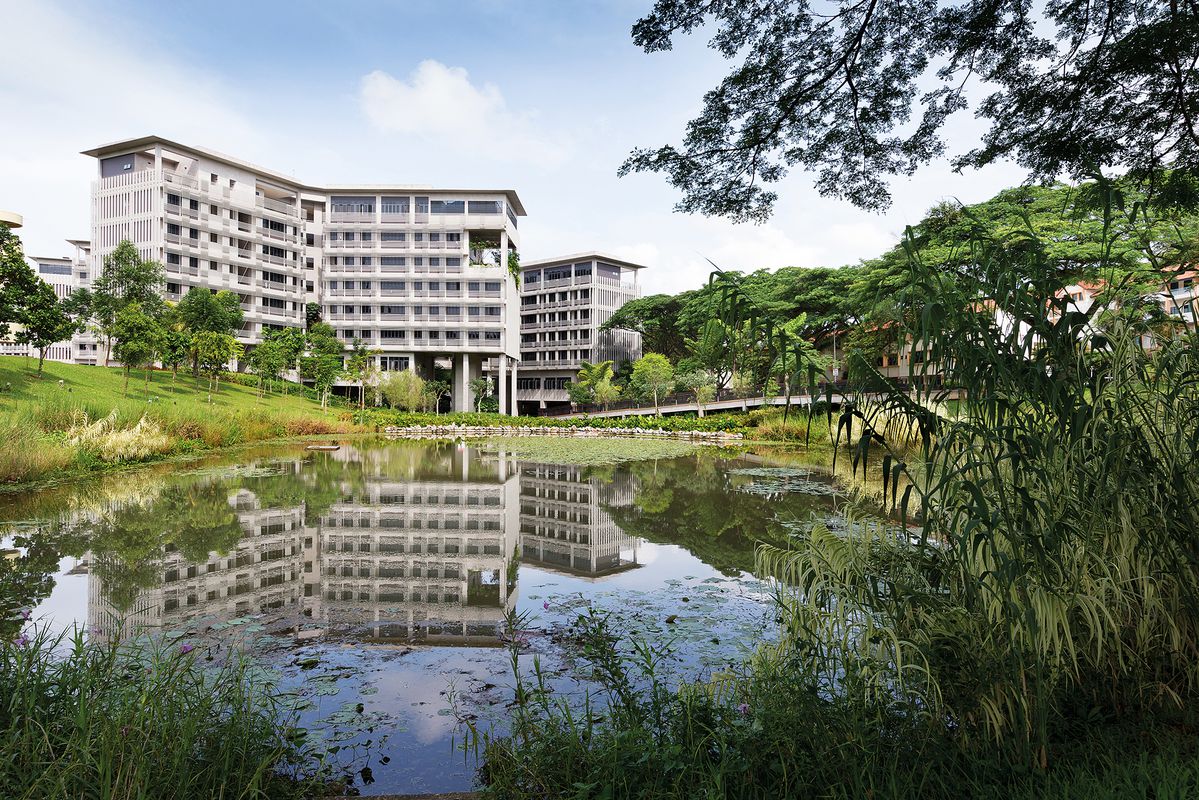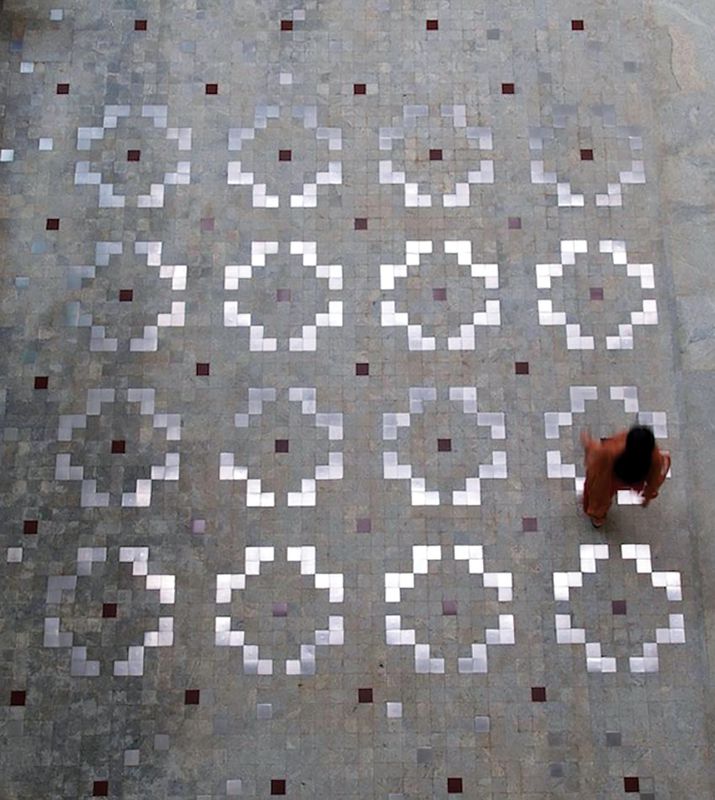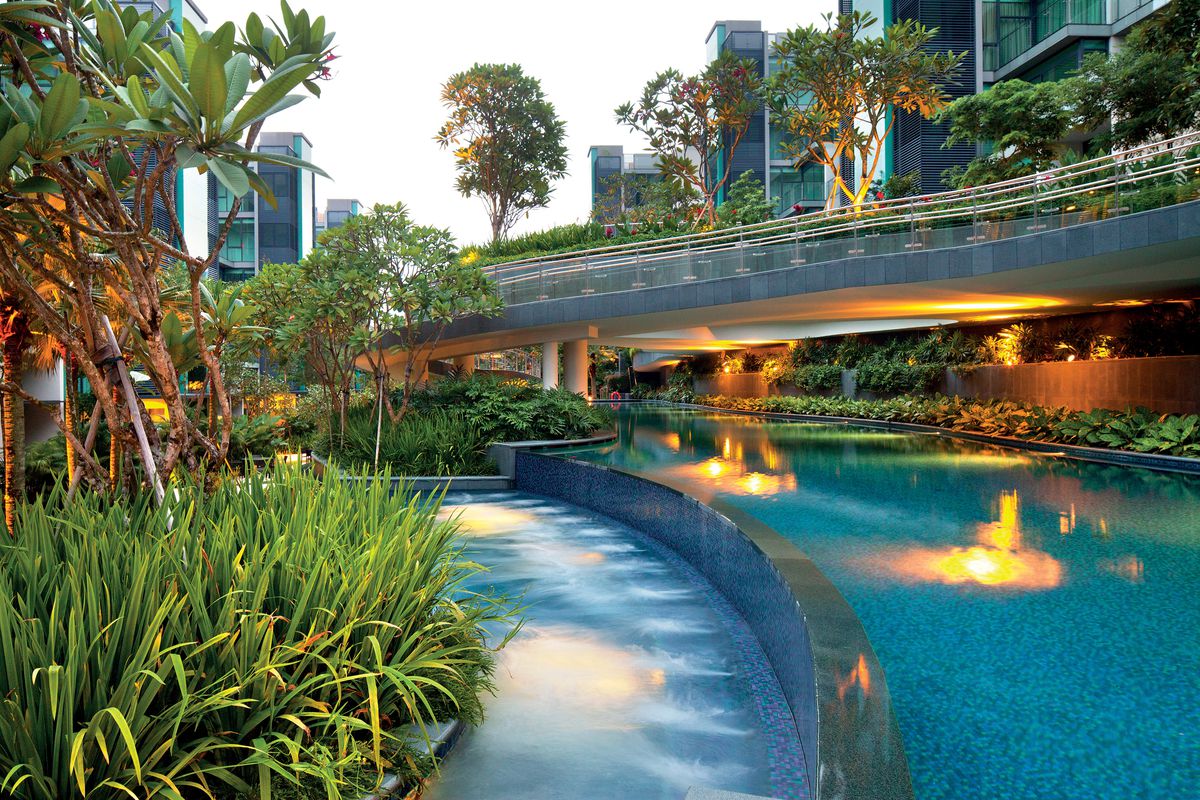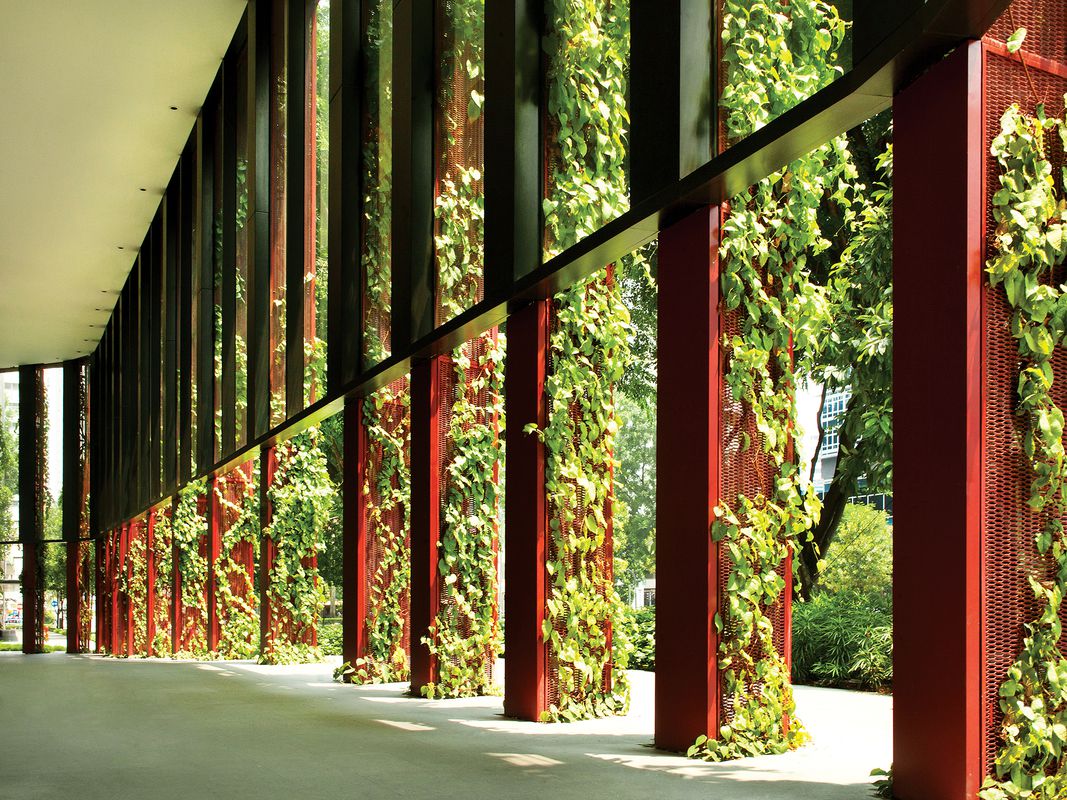Helen Smith-Yeo, founder and principal at STX Landscape Architects.
Helen Smith-Yeo: I studied architecture at the National University of Singapore but during the year of internship following the Bachelor of Arts as a first degree, I worked at a landscape architecture firm. I found it a lot more inspiring, so I switched from architecture and enrolled in the Master in Landscape Architecture program at the Harvard Graduate School of Design. At the time I was also accepted into the University of Pennsylvania program, but my bias has always been design and UPenn then was very strongly into planning and the digital analysis part of landscape architecture, which interested me less – whereas at Harvard the focus was on design.
How have the different cultural contexts in which you’ve lived, worked and studied influenced your practice?
The two programs were extremely different and while it has certainly changed now, at that time, studying at NUS was more about conforming to certain directions preferred by the school and the lecturers didn’t heavily encourage you to explore too much or try different things or presentation styles. Somehow it seemed to make them uncomfortable, that you were questioning and trying to push boundaries. Whereas, the design schools in the US at that time were really very encouraging of all sorts of ideas, they pushed you to push boundaries and I really appreciated the open mindset.
What are some of the main challenges you’ve encountered working in landscape practice in Singapore and in other parts of Asia?
I think the sometimes shallow and indiscriminate use of greenery and the colour green to imply the idea of sustainability, where there perhaps may be none is a challenge. There’s probably a little bit too much of what we internally call “green-washing.” What we really want to do is promote a holistic view and integration of greenery that recognizes and gives privilege to the maintenance needs and life cycle changes of planting, because a big part of our profession is dealing with living things. We want to work in a way that is respectful of the environment and of the nature of living things which have their own ebb and flow. So we hope for a healthier equilibrium between profitability, sustainability and societal needs.
In which of your projects do you think that equilibrium has been best achieved?
Perhaps by the nature of the project, I find that institutional work lends itself more towards a better equilibrium, rather than work performed for commercial reasons. The idea of saving trees, for example, is something that everybody talks about, but then when it comes down to actually doing it, regretfully a lot of people start to squirm and to try to find ways around it because it’s easier, cheaper and faster to flatten the land and build without things literally “standing” in the way. We try to encourage them to do otherwise, and while we’ve managed to do so in some instances, in a lot of our residential condominium projects our success rate is probably not as high.
What are some of the concepts that underpin your designs?
The fundamentals are fairly simple – that our landscapes should enhance the quality of life and serve the common good of their users as well as the earth. We also feel strongly about the creation of beautiful environments because we believe we can make a contribution to human existence when we create landscapes that nurture and heal, and are timeless in the sense that they are designed with a view to
functional longevity, rather than according to fad or fashion. With the NUS University Town (2011-2014) and the NTU Pioneer and Crescent Halls (2014) projects, we wanted to design an environment that would give users a sense of belonging and wellbeing, anchored in a timeless landscape. For NUS the retention of so many existing large specimen trees contributes towards that sense of place.
The residents of NTU’s Pioneer and Crescent Halls can immerse themselves in the wetland habitat via a network of elevated boardwalks, seating decks and an experiential trail.
Image: John Gollings
Do you have a particular approach to planting?
We have no fixed approach to planting per se. Rather, our planting is driven by what the project needs and calls for. We believe that the best planting is as diverse as possible to increase biodiversity and to encourage more insect and animal life to inhabit the spaces that we create. When necessary we even incorporate manicured hedges, if it’s appropriate to the design. We believe in the value of differences and work a lot with texture, colour and juxtapositions that make visible to users things that they might not otherwise notice.
You work across a variety of scales, locations and project types. Are there core values that tie your different projects together?
We’re interested in good design and in the art, culture and traditions specific to different countries. We want to create spaces and places that people can fall in love with. We try to curate the existing elements of a site, drawing from the cultural overtones of the site according to what might be valuable and have meaning. We believe that beauty is important and is the one thing that can elevate the spirit and soothe the soul.
Which of your projects best demonstrate your approach to enhancing a sense of place?
The project we did for the Hindustan Unilever Headquarters in Mumbai (2010-2012), and the Lycée Français project in Singapore (2015-2016). Unilever is a Dutch-Anglo multi-national company implanted into India and so we tried to reinterpret certain aspects of Indian culture, including Diwali, the festival of light. Using the idea of combining grains of sand to create complex patterns – a living tradition – we used granite and steel to create a series of dots that come together to form different geometries within the building’s floor. The dots are stainless steel and semi-reflective. As you move through the space, the pattern changes on you as the way the light enters the space through the skylights changes throughout the day. We wanted to use elements of kineticism as well as drawing from a cultural tradition to create something unique to that campus that anchors it in its host country.
And the Lycée Français?
In that case the question was, how do you bring over elements of French culture and insert them into an educational environment here and not have it be purely Singaporean in style but also retain something of the French tradition? The idea of the parterre garden is completely specific to the French so we created a botanical walk, which links the frontage of all the classroom blocks, where the parterres are not formed by boxwood hedges but by concrete boxes that contain the different plant materials within them. The selection of plants is as wide-ranging as possible in order to provide a botanical area for the kids to learn from, and the narrow kid-sized paths in between the maze-like boxes add an element of fun.
STX’s masterplan for the extension of the National University of Singapore’s campus was driven by a consideration of the site’s topography and collection of mature trees.
Image: John Gollings
You’re currently studying at the Ecole Nationale Supérieure de Paysage (ENSP) at Versailles. How does this relate to the current and future direction of your practice?
My research mission is simply going back to school to see what is currently taught to landscape architects [in France] – ENSP at Versailles is the oldest and most renowned in France. I’m inspired to live a European point of view, to see how they regard the landscape and the practice of landscape architecture there. It’s really a personal quest to enrich my own mind. I’m very interested in cross-culturalism and how ideas, traditions and historical norms get transplanted from the country of origin to another completely different environment and context – how this can become a crucible for transformation.
What might Singaporean practice learn from Europe and the United States, and vice versa?
Singapore is more at the forefront of things like vertical greenery. No matter what you say, it’s still a skyscraper city for the most part. And it’s a country that is really young. What I learnt from France was how to look at the “grand territory” as they refer to it, and sort through the layers of transformation and change over time to find things that can give added meaning to your project so that there are layers of richness. That’s not to say that’s all they do in France – in terms of technology they are also very creative and have their share of building tall buildings and implementing vertical greenery, but probably not to the extent that we are doing it here [in Singapore].
STX’s work on the Oasia Downtown Hotel reimagines airspace as landscape space: an evolving mosaic of climbing plants wraps the facade, reducing glare and providing new habitat.
Image: John Gollings
What do you think is currently pushing innovation in Singaporean practice today?
In Singapore itself, there’s a much higher demand for greener environments now and better ambiance, as compared to the stark reality of urbanization of the past, when the main concern of the government in the ‘60s and ‘70s was to house the population. Now that the country has moved well beyond the developing world, I think there’s a desire to improve the quality of life. The extension of the landscape into vertical surfaces exploits the findings and studies that greenery has productivity and health benefits. For us it’s about the fundamentals: how do you make somebody’s life better – a balm for the daily drudge – and how do you layer things in so that you are creating more, rather than less, in a space.
Is this interest in improving wellbeing being reflected in an increasing demand for landscape architects in Singapore and/or across Asia?
Definitely. Now with lots of projects we are coming on board almost as soon as the architects, which is a good thing. There is the view that as landscape architects we are the “stewards of the land” and should be on the project first to analyse the terrain and see where the buildings should go, before the architects commence their work. However, it’s not quite the case here yet.
The green facade of the Oasia Downtown Hotel softens the building’s mass and mitigates the urban heat island effect.
Image: Patrick Bingham-Hall
Are there any prevailing ideas about landscape practice or design processes you try to challenge in your work?
There’s always this dichotomy between managing cost but at the same time creating the best design possible. [Clients] realizing that upfront spending can contribute towards the longevity and easier maintenance of a project is something that needs to be looked at more. All these green vertical elements that people are putting in, if you don’t make them crazy-easy to maintain, they’re only going to look good for the first two to three years. Sometimes we have contentious relationships with the engineers of projects because we ask for soil and access – and good access. Every single planter in the Oasia Downtown Hotel project (2015) has access to it because we demanded for that access to be given. It makes the project more expensive to deliver but in the long run it’s better for the project’s users and its developers.
Do you envisage this situation improving in the future?
We do see it getting better, but it’s still a hard fight. It doesn’t mean [that clients] won’t listen to you, but making your case stronger and keeping at them, it takes energy. And that’s one of the things I’ve found that nobody ever taught you in school: that you have to fight so hard for the things that you believe in.
Source
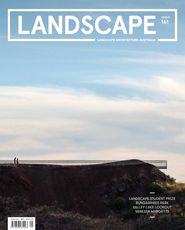
Practice
Published online: 12 May 2019
Words:
LandscapeAustralia Editorial Desk
Images:
John Gollings,
Patrick Bingham-Hall,
STX Landscape Architects
Issue
Landscape Architecture Australia, February 2019

